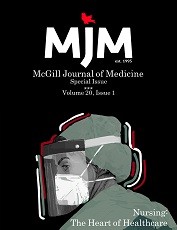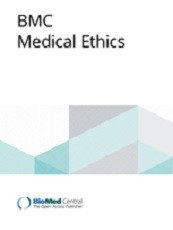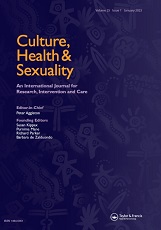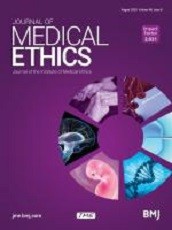Lidia Casas, Lori Freedman, Alejandra Ramm, Sara Correa, C Finley Baba, M Antonia Biggs

Abstract
CONTEXT: In 2017, Chile reformed its abortion law to allow the procedure under limited circumstances. Exploring the views of Chilean medical and midwifery faculty regarding abortion and the use of conscientious objection (CO) at the time of reform can inform how these topics are being taught to the country’s future health care providers.
METHODS: Between March and September 2017, 30 medical and midwifery school faculty from universities in Santiago, Chile were interviewed; 20 of the faculty taught at secular universities and 10 taught at religiously affiliated universities. Faculty perspectives on CO and abortion, the scope of CO, and teaching about CO and abortion were analyzed using a grounded theory approach.
RESULTS: Most faculty at secular and religiously affiliated universities supported the rights of clinicians to refuse to provide abortion care. Secular-university faculty generally thought that CO should be limited to specific providers and rejected the idea of institutional CO, whereas religious-university faculty strongly supported the use of CO by a broad range of providers and at the institutional level. Only secular-university faculty endorsed the idea that CO should be regulated so that it does not hinder access to abortion care.
CONCLUSIONS: The broader support for CO in abortion among religious-university faculty raises concerns about whether students are being taught their ethical responsibility to put the needs of their patients above their own. Future research should monitor whether Chile’s CO regulations and practices are guaranteeing people’s access to abortion care..
Casas L, Freedman L, Ramm A, Correa S, Baba CF, Biggs MA. Chilean medical and midwifery faculty’s views on conscientious objection for abortion services. Int Persp Sex Repro Health. 2020;46:25-34.




